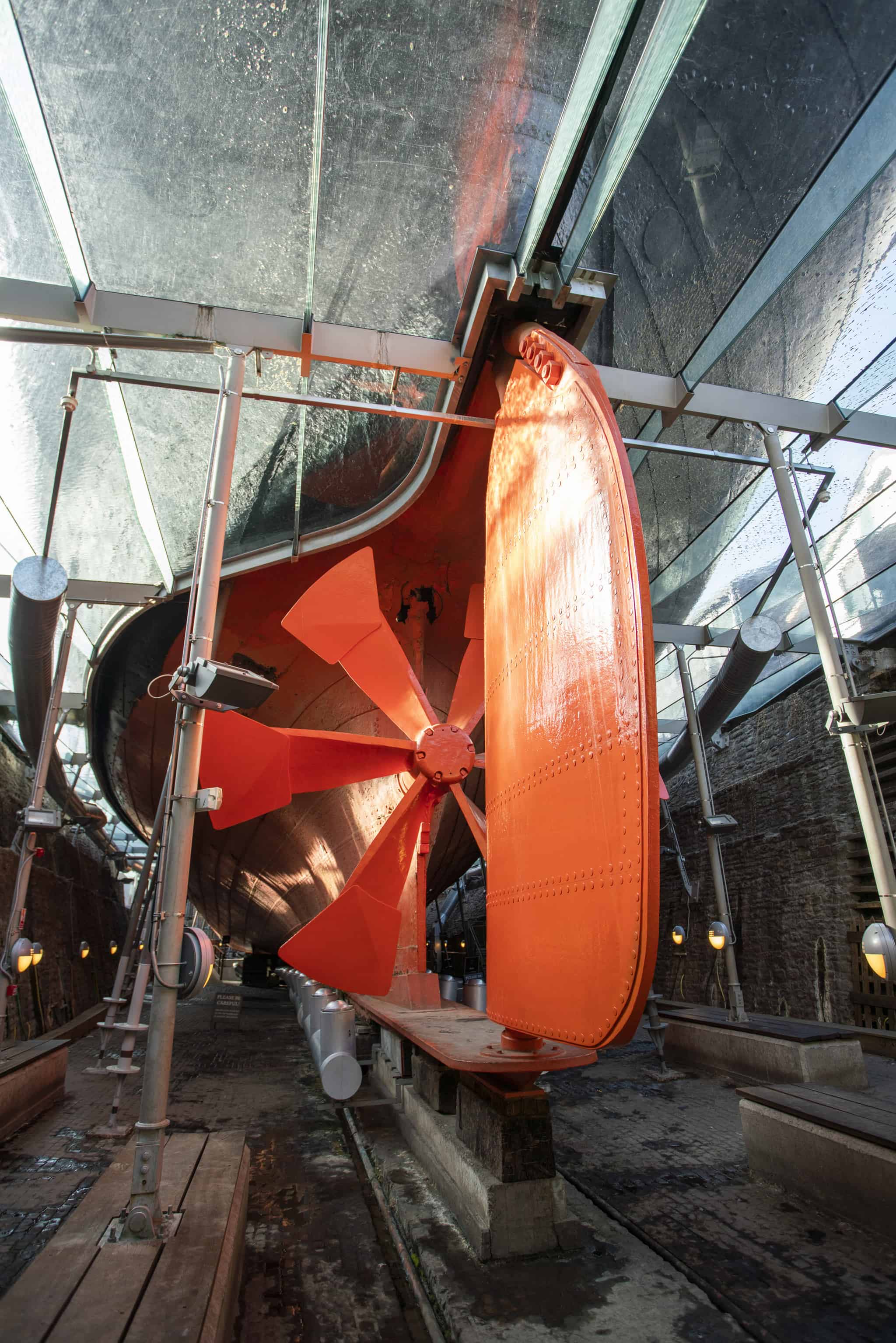Brunel, who was still recuperating from injuries he sustained in the Thames Tunnel flooding, had just won the competition to build a bridge over the Avon Gorge at Clifton when he was recommended to the Bristol Dock Company by Nicholas Roch, a Bristol merchant and Dock Company board member. Brunel immediately undertook a thorough examination of the harbour that resulted in a 17-page report being presented to the Company on 31 August 1832.
Brunel saw immediately that the main problem was the inadequate supply of fresh water through the harbour, writing that ‘A constant stream, though nearly imperceptible in its motion, will carry with it the lighter particles of mud, which form the principal parts of such deposits. If the whole of the River Avon were at all times running through the Float… such a stream might generally be obtained.’
Brunel set about supervising the raising of the height of the dam to convert it from an ‘overfall’ to an ‘underfall’ arrangement. He also devised a ‘drag-boat’ that winched itself across the harbour while dragging mud into the middle that could then be removed by sluicing. The first boat was replaced by a larger vessel in 1834, known as ‘Bristol Dredger No.6’, which remained in operation until 1961! These remedies, though only short-term, produced an immediate improvement in the condition of the harbour.
Another worry for the BDC directors was the design of the two Entrance Locks to Cumberland Basin. The northern lock was slightly larger than the southern one, but both were too small to accommodate large ships. This was highlighted when the SS Great Britain was floated out of her dry dock into the harbour on 19 July 1843, and it became clear that she was too wide to fit through the entrance lock at Cumberland Basin.
Brunel had expected improvements to have been made to the lock by the time that the ship was ready to leave the harbour and was annoyed by the Dock Company’s unwillingness to spend money on improvements. He was forced to bargain with the company to obtain permission to remove masonry from the side of the lock so that the ship could squeeze through, which led to relations between Brunel and the Dock Company deteriorating.
The Floating Harbour went into a slow decline in the late 19th century with the opening of the new docks at Avonmouth and the increased growth in the size of ships. It ceased operating as commercial docks in the 1970s, yet the work undertaken by Brunel withstood the test of time. The Harbour is now recognised as a remarkable feature of maritime heritage and has been reinvented as a leisure and tourist destination for the City of Bristol, with Brunel’s SS Great Britain.
Author: Victoria Haddock, Collections Officer



